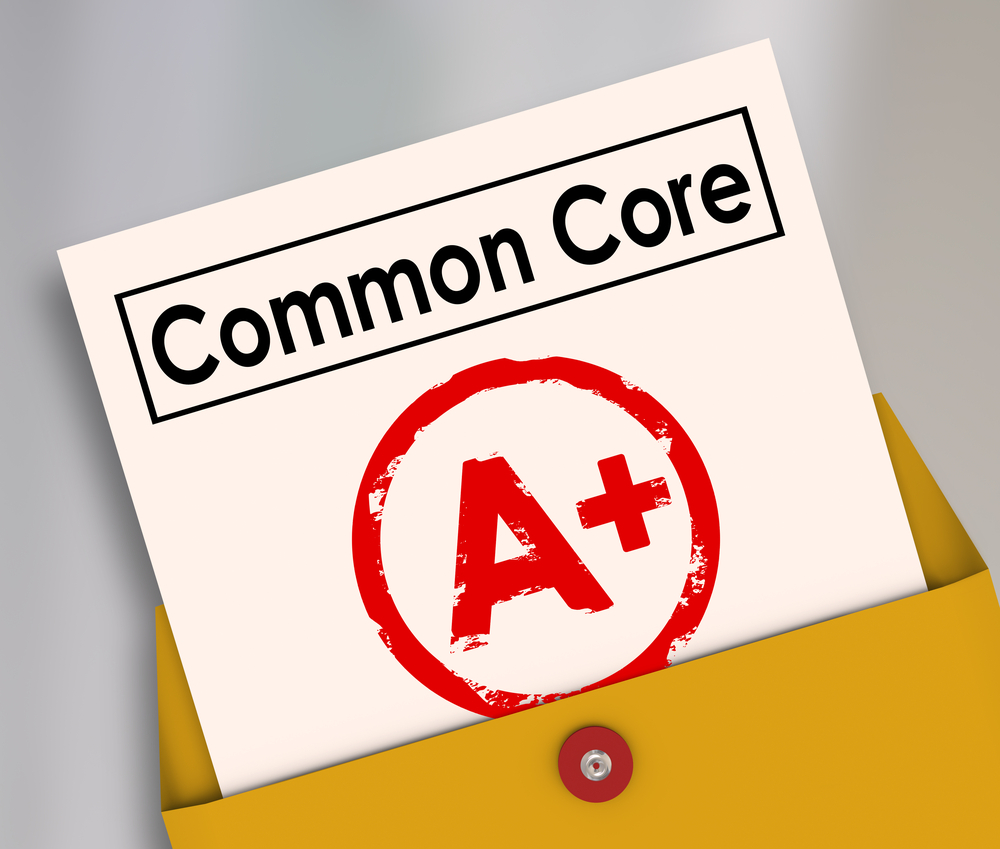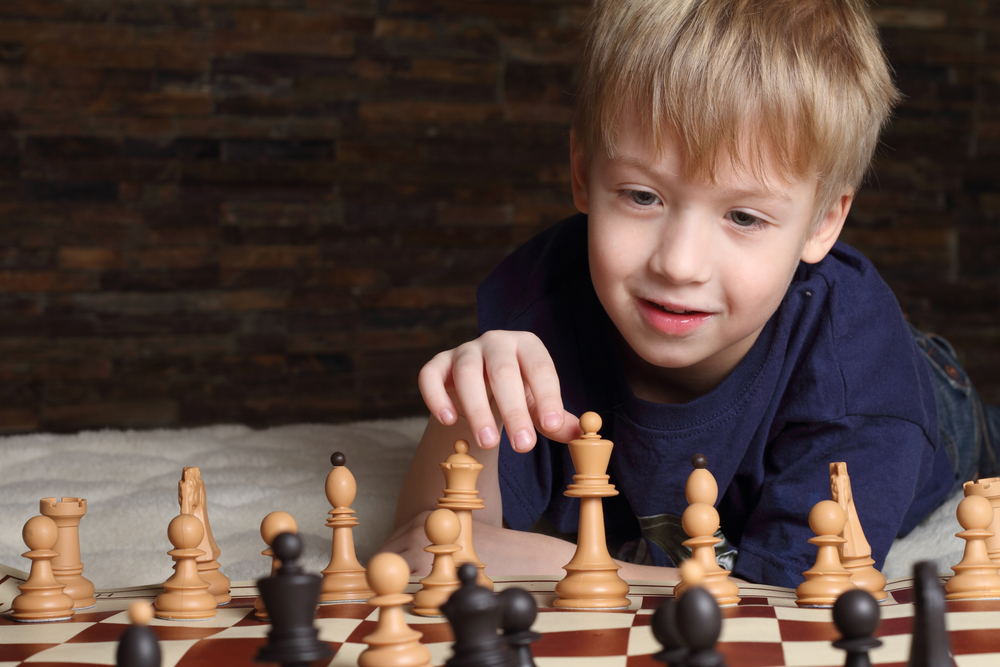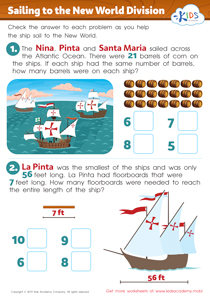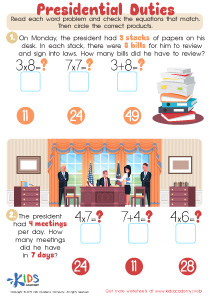Visual recognition Community Worksheets for Ages 3-7
4 filtered results
-
From - To
Our Visual Recognition Community Worksheets for Ages 3-7 engage young learners in identifying and understanding their community. These colorful, interactive printables help children recognize key community members and places, fostering a sense of belonging and awareness. With activities tailored to preschool through early elementary levels, kids enhance their observational and cognitive skills. Our expertly designed worksheets make learning fun, whether at home or in the classroom. By familiarizing children with their surroundings, these resources lay a foundation for social development and safety. Dive in to nurture your child's curiosity and understanding of the world around them with our educational community worksheets!
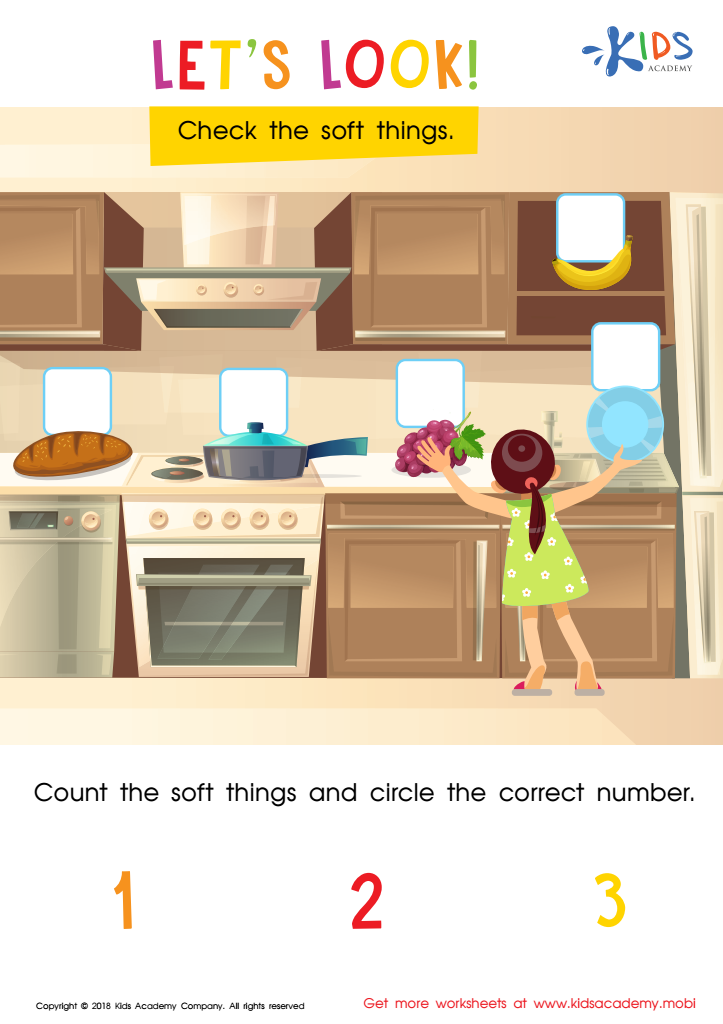

Let's Look! Assessment Worksheet
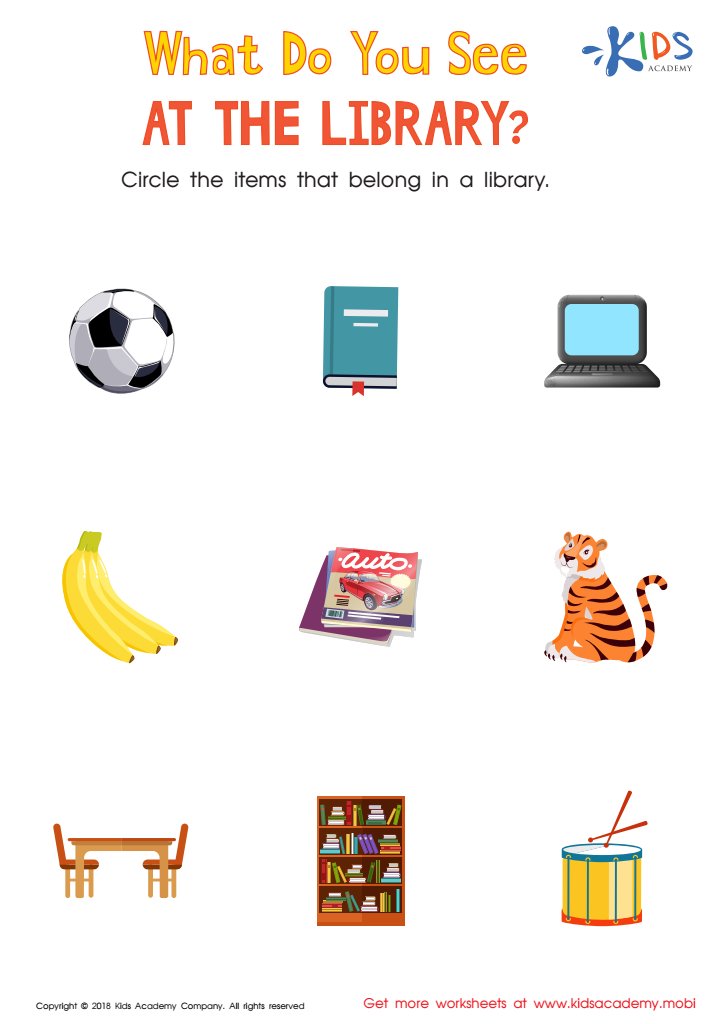

What Do you See at the Library? Worksheet


Skip Counting by 10 Through Our Community Worksheet
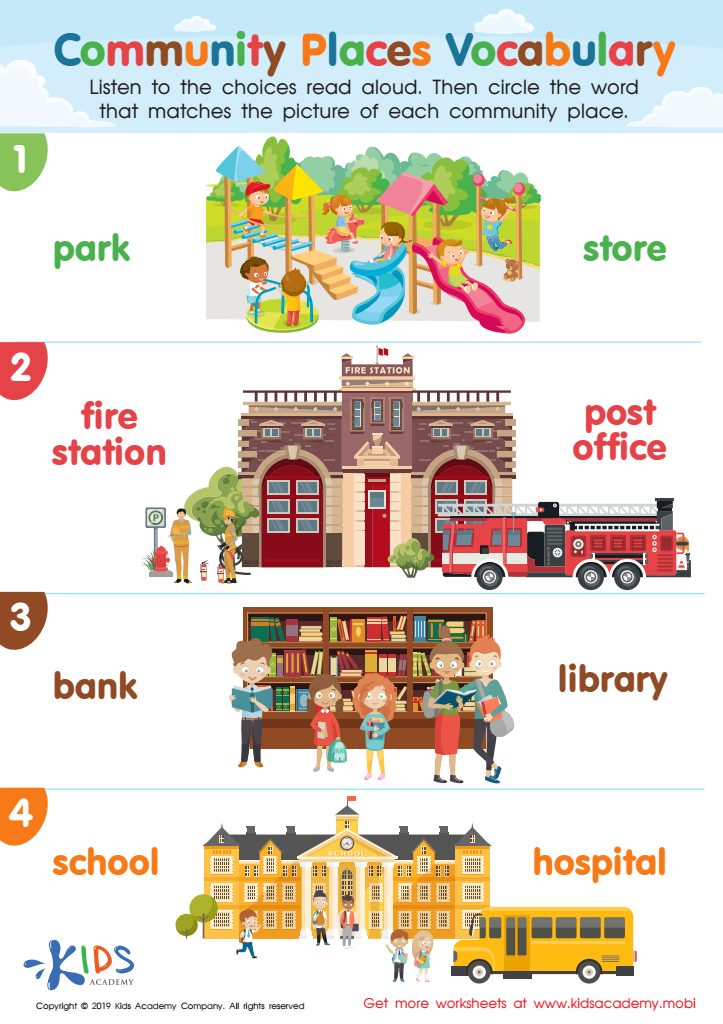

Community Places Vocabulary Worksheet
Parents and teachers should care about Visual Recognition Community (VRC) for children ages 3-7 because it capitalizes on the crucial developmental period for cognitive and social growth. During early childhood, visual recognition abilities are fundamental for learning and literacy. VRC activities can enhance these skills, thus boosting reading readiness and vocabulary by teaching children to identify letters, numbers, shapes, and objects.
VRC also promotes attention to detail, improves memory retention, and aids in problem-solving and critical thinking from a young age. These skills are essential for academic success as children progress in school. Additionally, by involving children in community-based visual recognition activities, they get to engage with their surroundings and peers, fostering social and emotional development. This interaction enriches their understanding of community roles and relationships, which is vital for holistic growth.
Furthermore, VRC encourages active participation and experiential learning. It integrates playful learning with educational outcomes, making learning enjoyable and less stressful for young minds. Teachers and parents can use VRC to pinpoint and support individual learning needs, ensuring that children develop at their own pace.
Overall, investing in VRC enhances cognitive development, social skills, and prepares children for formal education, making it a critical component of early childhood learning strategies.
 Assign to My Students
Assign to My Students







